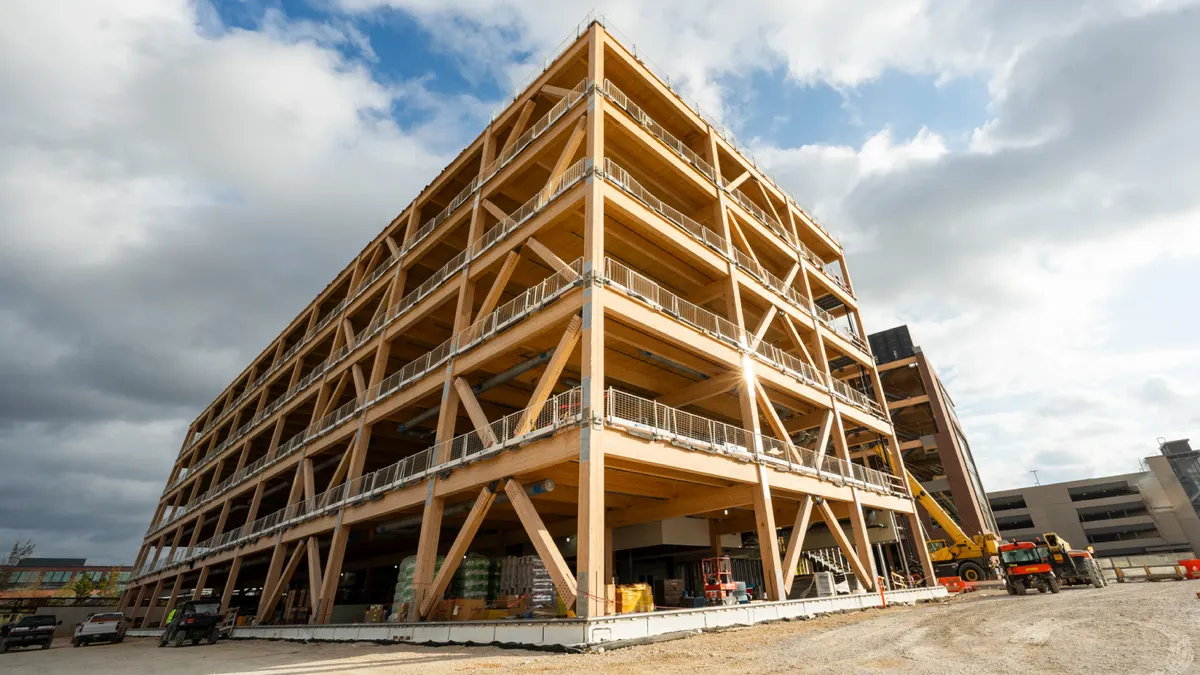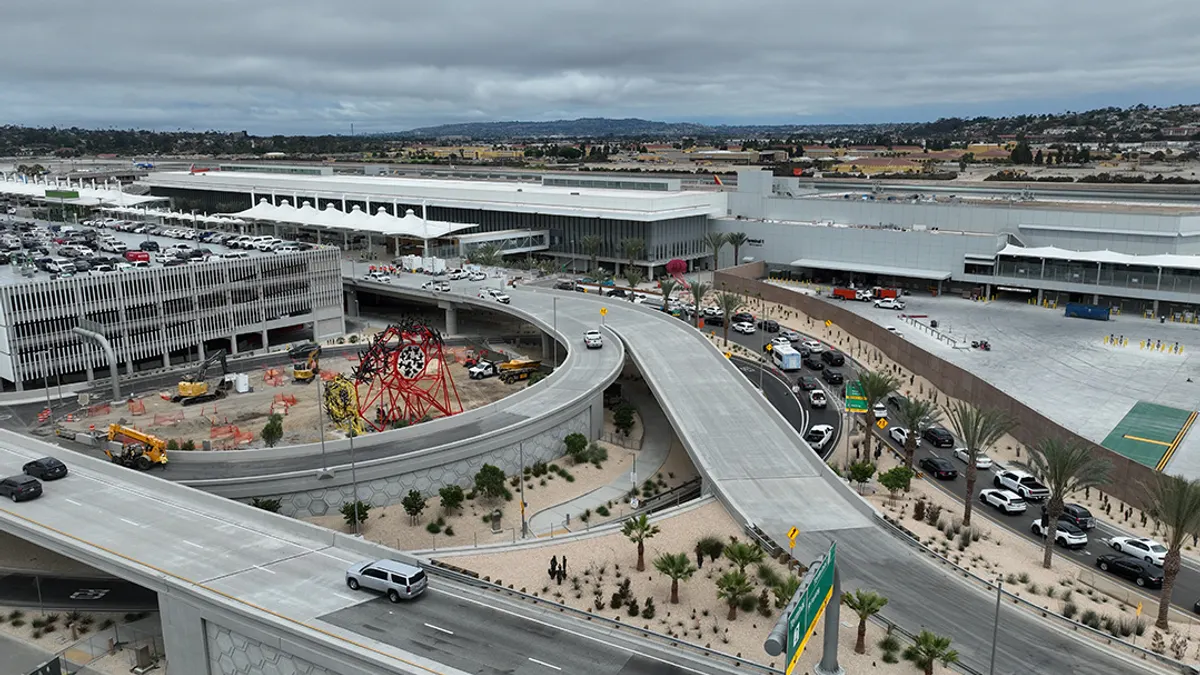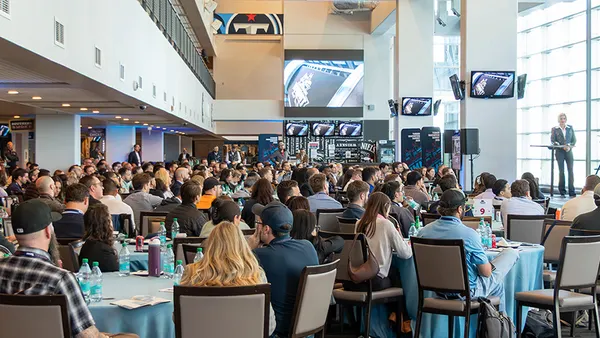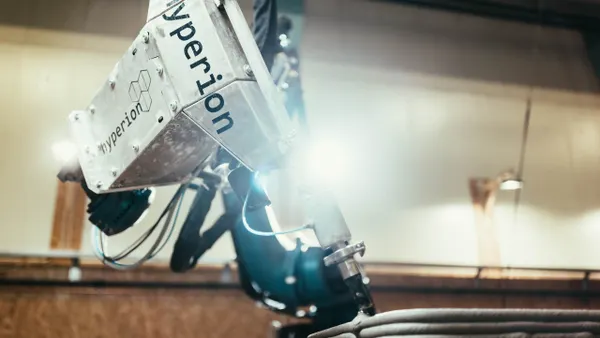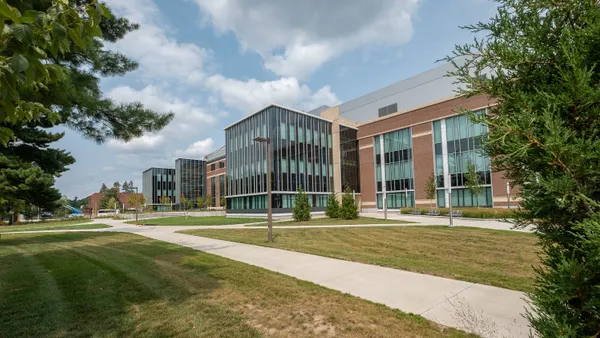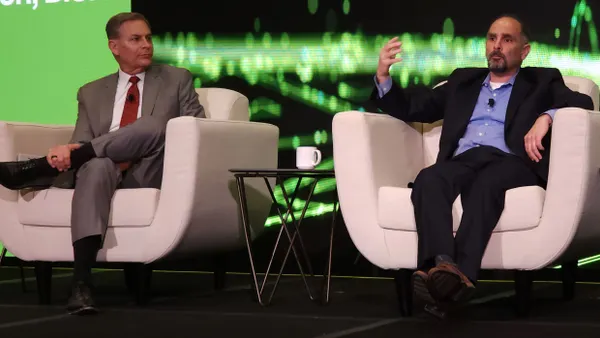As many as half of every organization's employees are going to quit. Not for salary reasons, a lack of benefits, or even a desire for more vacation time. Studies show they're going to leave because they aren't being given flexibility in how, and where they work.
This trend is so prevalent it's been dubbed The Great Resignation.
A recent study from EY found that more than half (54%) of employees would leave their company if they aren't offered flexibility in how and where they work. Another survey showed that 61% of employees would take a pay cut in exchange for being able to work from home. And, according to Accenture's 2021 Future of Work study, 83% of employees say a hybrid work model is ideal for a healthy, productive workforce.
While many want flexibility, it doesn't mean everyone is ready to abandon the workplace. In fact, a Microsoft study of 30,000 people in 31 countries showed that more than 65% are craving more in-person time with their teams.
To retain their employees, companies will have to address a complex web of social and cultural challenges, and the design of space will play a role. After all, as Microsoft found, “extreme flexibility and hybrid work will define the post-pandemic workplace.”
For construction leaders, the focus is shifting to redesigning physical spaces to better accommodate these hybrid work environments — something that two-thirds of business decision makers are considering doing. Among the changes that need to occur are the seamless integration of technology, making space adaptable, and adding in the comforts of home.
Integrating tech will make the workplace function better
As we enter an era of hybrid work where employees collaborate both in-office and from remote locations, the demand for technology will only grow.
According to a recent EY study, 64% want better in-office technology, including faster internet and immersive video conference rooms, better displays, and smartboards.
From a workplace culture perspective, the way technology is incorporated into a meeting room can influence who speaks up during meetings, and in what ways. As one workforce management executive says, it will also dictate what presentations are shared and if, or even how, chat features are used.
For hybrid work technology to be successful, it must support employees without being disruptive, obtrusive, or inefficient. Beyond those basics, technology should make workspaces more beautiful as well as enhance their functionality.
From a design and build perspective, the key is to contain background noise and make the technology feel like part of the interior design while remaining accessible for changes and maintenance.
Create impromptu meeting areas with adaptable space
While employees may work from home on more solitary tasks and projects, they still want to work in person and collaborate with colleagues. It's what Microsoft CEO Satya Nadella calls the “hybrid paradox”.
Working from home has become a new norm for many, so it's important to think about factors that are drawing employees back to the workplace. Nicola Gillen, author of Future Office, says employees won't commute to offices to work alone but will for specific reasons such as brainstorming sessions, meetings, and collaborative work.
The hybrid paradox will mean many organizations need to adapt their workplaces for that in-office time.
Interior architectural elements can be used to define spaces within a workplace. For example, canopies made from timber add visual interest to an existing space, and timber accents can add warmth to workstations or reading nooks.
With customized prefabricated interiors, existing open space can also be adapted to create instantaneous meeting rooms. The addition of an elegant and functional folding wall or partition means private meeting spaces can be created on the fly. For example, a large boardroom could easily be converted into multiple smaller collaboration areas.
Today's custom, prefabricated interiors can be made with all glass panels or a combination of glass, casework and even tackable or magnetic fabric panels to provide light, privacy and functionality to employees using the space.
Such folding walls are ideals for smaller workplace environments too, where space is always at a premium.
Meeting areas don't all have to be formal, either. The important part is they are thoughtfully designed and enabled, which includes thinking about practical needs such as power and networking, as well as soft space that can bring familiar elements of the home into the workplace.
Enhance the employee experience with comforts of home
In addition to impromptu private rooms, communal spaces will also be necessary in the hybrid workplace. These spaces foster teamwork and creativity and provide employees with social connection.
In fact, research indicates that “unstructured collaboration” is key for business success. Employees are likely craving social interaction with their colleagues—particularly after spending 18 months in relative isolation.
Adding a few comforts of home in communal spaces can enhance the employee work experience and be better for business.
Embrace residential design — a style that brings in home amenities, layouts, and furnishings (e.g., sofas) — is beneficial for a workforce used to working from home.
Bringing the outside in, too, can provide a less stressful environment. Even the color green has a relaxing effect on the mind, according to color psychologists. Foliage can increase employee productivity too. For example, moss walls can help to reduce airborne dust as well as increase employee productivity and decrease stress. In one U.S. study, participants working in plant-induced environments were 12% more productive and less stressed than those in non-plant environments. Having a living wall can also break up sound reflection in noisy spaces.
In the era of hybrid work, the workplace should be designed and built to deliver on experiences that employees crave. Flexible space supports human needs such as collaboration with coworkers, and technology integration helps people achieve their work goals. They offer more than just a couch or a café — they create a sense of place and purpose.




